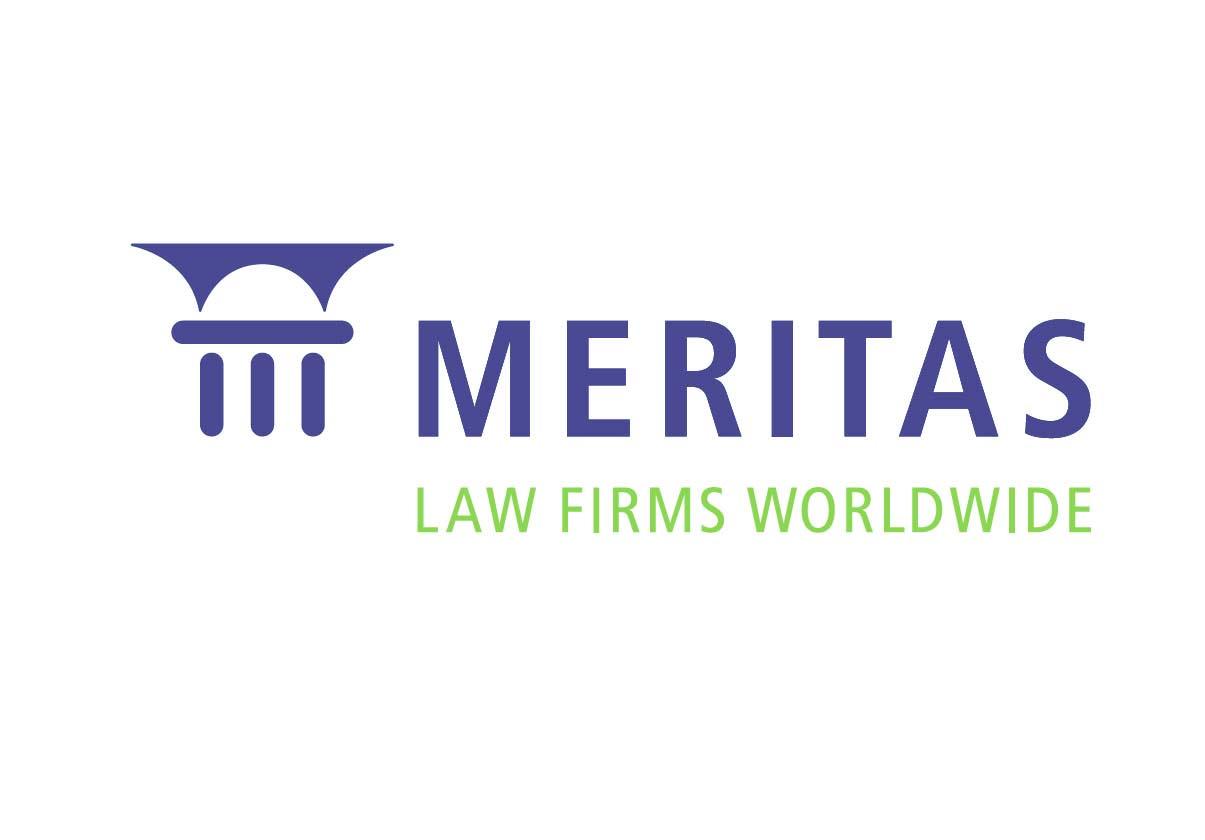In brief
The recent Victorian Supreme Court case* is a reminder of the high threshold required to prove solvency when faced with a statutory demand.
When a company is served with a statutory demand it has 21 days to either pay the amount owing or bring a Court proceeding that raises a genuine dispute as to the debt claimed or a procedural defect with the statutory demand.
It is assumed that if the company does nothing within this 21 day period, it is insolvent unless the company is able to prove otherwise.
Solvency
The general test when assessing solvency is whether the company can pay its debts as and when they fall due. A temporary lack of liquidity does not in of itself demonstrate insolvency.
In this case the Court found that the presumption of insolvency was not rebutted and in coming to this conclusion considered factors including:
- The ability to raise funds is considered as well as expenditure
obligations. The expert explained:
- the company did not appear to have any bank debt or facilities and its funding had been by capital raising;
- it was not clear that the capital raising had been completed; and
- in the opinion of the expert the company did not have sufficient funds to pay the creditors without converting unsecured creditors' debts into equity.
- An asset is not to be taken into account in assessing solvency
without reference to the time it would take to realise and produce
cash. The expert again explained that:
- the company did not produce any evidence as to the value of its major asset being exploration permits; and
- even if the permits were in line (or higher) than the amount shown in the company's account, the company had been unwilling or unable to borrow against or sell these assets.
- The evidence of the cash held in the bank was less than that of the judgment debt.
- A convertible note as a source of liquidity was
"illusory" because:
- the terms of the agreement creating the convertible note arguably required funds provided to be applied to the future running costs of the company (not to discharge past debts); and
- even if funds were drawn down on the convertible note, they would under the terms of the agreement be immediately due and payable on demand and the company was in no position to require the other parties to the convertible note to meet any request for a drawdown of those funds.
- The company did not have the readily realisable resources to pay the judgment debt owing pursuant to the statutory demand.
Lessons
Setting aside the presumption of insolvency involving statutory demands is not easy.
It is absolutely essential that:
- you have great expert evidence; and
- you provide the Court with:
- evidence (including source documents) of all sources of funds (including cash);
- evidence (including source documents) of all assets and liabilities; and
- the ability to either realise those assets or borrow against them.
It is essential before you file proceedings to rebut the presumption of insolvency that you obtain expert legal and accounting advice.
*Optimal Mining Ltd [2021] VSC 635
The content of this article is intended to provide a general guide to the subject matter. Specialist advice should be sought about your specific circumstances. Madgwicks is a member of Meritas, one of the world's largest law firm alliances.


